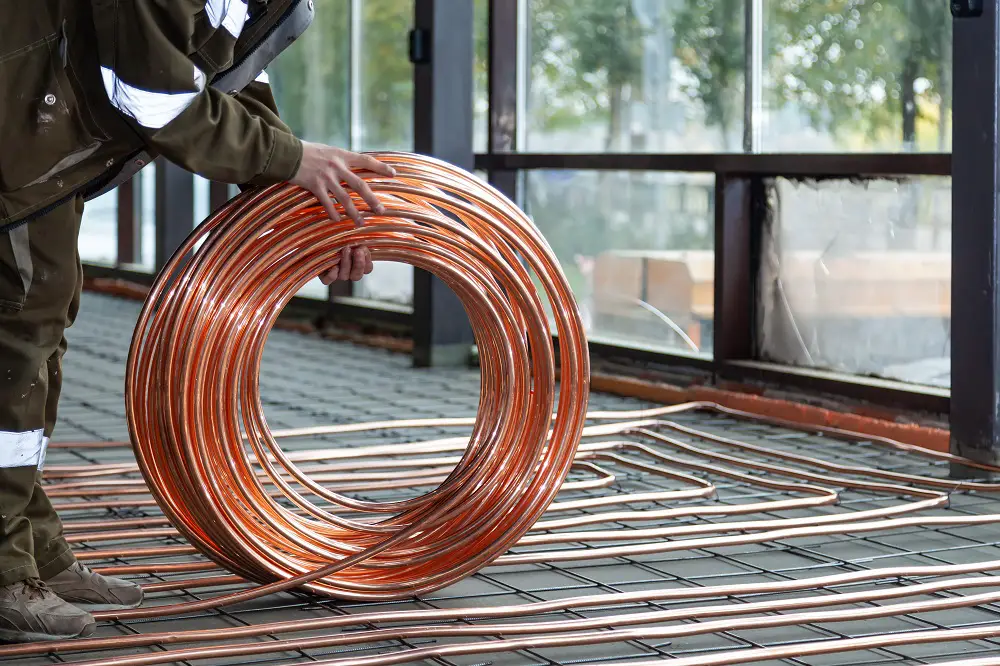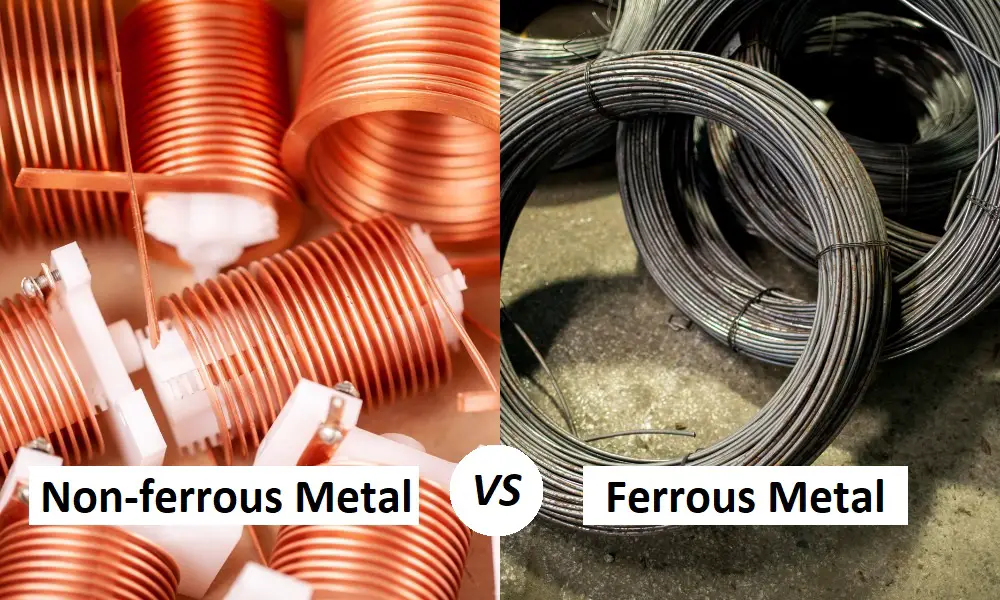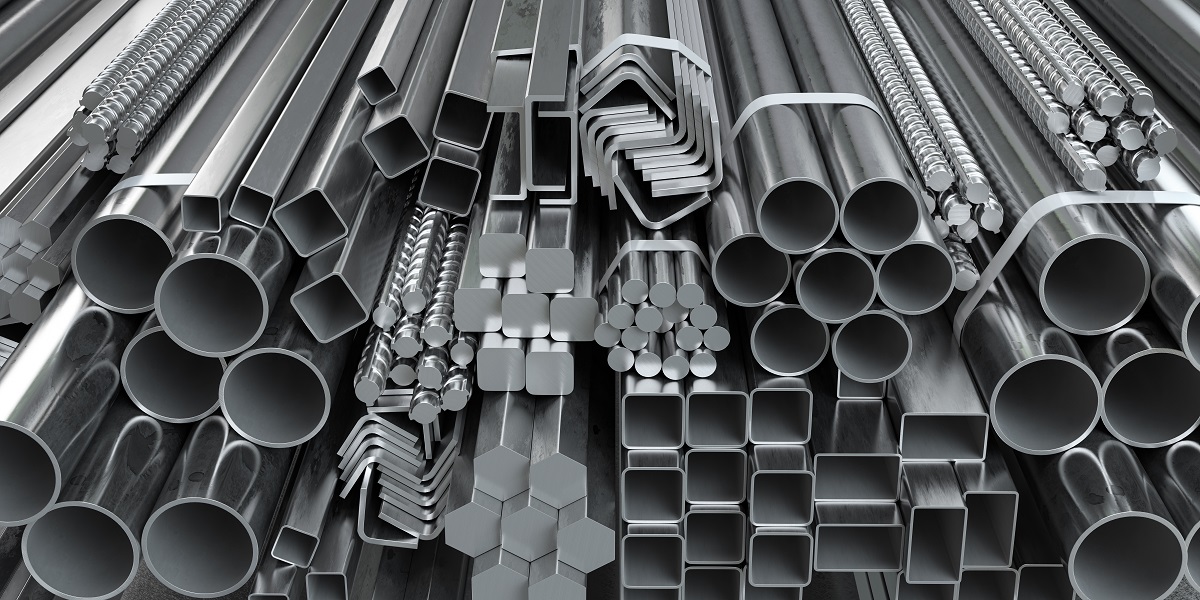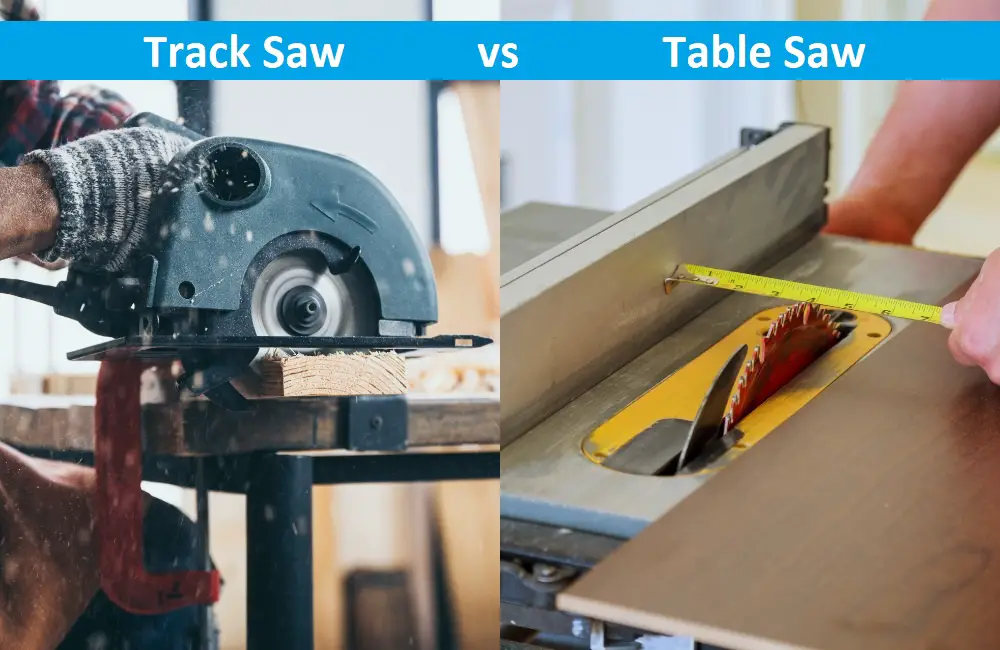Difference Between Ferrous and Non-Ferrous Metals
Metals come in various shapes and sizes, and surprisingly a large portion of everyday metals are connected to iron. It’s like iron has infiltrated almost all other metals.
Nonetheless, non-ferrous metals exist and are used for a multitude of purposes. Sometimes you need ferrous metals, other times, you’d rather not have iron in there. Not knowing the dissimilarities can be rather daunting.
If you get confused between the two, you might want to know the difference between ferrous and non-ferrous metals. Lucky for you, we will explain it all in this article.
But before we get into the specifics, let’s delve into the very definition of metals.
When We Say Metal, What We Mean
Metals are all substances or materials that are hard, shiny, and have impressive electrical and thermal conductivity. There’s another definition of metal in the language of chemistry.
Any element that produces positive ions or cations in its atoms and forms an ionic or metallic bond is known as metal. Typically, their chemical and regular names will contain –ium or –um at the end of it.
There are various kinds of metals that we see in nature and are used for uncountable things in our daily life. Most people get confused between ferrous and non-ferrous metals, so let’s see what these two exactly are anyway.
Non-Ferrous Metal

To put it simply, non-ferrous metals are the ones that do not contain iron in them. These metals are usually purely found in nature or alloys that do not involve the presence of iron.
It says it in the name ‘non-ferrous‘. Ferrous comes from the word Ferrum, which means iron in the chemical lingo. Notice how the chemical symbol of iron is Fe? Yeah, that Fe stands for Ferrum, and that’s where ferrous is derived from.
Characteristics of Non-Ferrous Metals
While all non-ferrous metals are unique in their own way, they do have certain characteristics that are the same for all of them.
- Non-Magnetic
Ever tried to attach a magnet to something made of aluminum? We bet it didn’t stick, right? Well, that is a property of non-ferrous metals; they don’t find magnets attractive (sad magnet noises intensify).
All jokes aside, being non-magnetic, non-ferrous metals are usually the ideal choice for wiring purposes.
- Rust and Corrosion Resistant
Yup, non-ferrous metals have resistance to rust and corrosion, and you aren’t required to scrape any rust off of them like you would for ferrous metals.
- Highly Malleable
Non-ferrous metals can be hammered or pressed into any shape and size you want.
Examples
Non-ferrous metals are more common than you think. Aluminum, Zinc, Gold, Silver, Tin, Copper, etc., are all non-ferrous metals. One confusion must be cleared that these metals are only non-ferrous when in a more or less pure state.
We mean when they are NOT an alloy of iron/steel.
Ferrous Metal

Just as we explained above, ferrous metals are the ones that contain iron in them in some form. And yes, both pure iron and iron alloys fall into this category.
We use ferrous metals A LOT in our daily life, both knowingly and unknowingly. Let’s take a look at some of the characteristics of this type of metal.
Characteristics of Ferrous Metals
Most ferrous metals are very similar in terms of their properties. While there are slight differences between a few, here are some universal characteristics of ferrous metals.
- Magnetic
*Cue Pietro Maximoff from Avengers: Age of Ultron* “you didn’t see that coming?” Well, whether you guessed it or not, ferrous metals are magnetic and can even be made into magnets themselves.
- May Rust
Other than wrought iron and stainless steel, all ferrous metals have a tendency to get rusty and corrosive due to the presence of carbon in them.
- Strong and Durable
You know how Superman is known as the man of steel, and he’s super strong? Yeah, the reason is that ferrous metals are very strong and durable (horrible example, we know).
Examples
Some ferrous metals include cast iron, wrought iron, stainless steel, carbon steel, alloy steel, and so on. Plus, some of these are almost purely iron, while others are alloys containing iron.
Recommended for You:
- Difference Between Casting and Forging
- Chrome Vs. Stainless Steel: What’s The Difference Between Chrome and Stainless Steel?
- Pipe Vs. Tube: What’s The Difference Between Pipe and Tube?
Ferrous Vs. Non-Ferrous Metals: Key Differences
The main difference between ferrous and non-ferrous metals is that ferrous metals, unlike non-ferrous ones, contain iron. That’s it, that’s the difference…see you next time!
Okay, that was an oversimplification of the matter. It’s not that simple. Yeah, so one has iron, the other doesn’t, but can you tell which is which?
Well, the answer to that is, check the characteristics. If the metal you’re holding doesn’t attract a magnet, it’s non-ferrous. If it does, it’s ferocious…we mean, ferrous.
Also, if you notice any kind of rust forming, chances are the metal is of the ferrous variety. Wrought iron and stainless steel are the only two ferrous metals that do not rust over time.
So, if your metal doesn’t get rusty at all, it’s either one of those two or non-ferrous metals.
Which Type of Metal to Use for What Purpose?
Knowing how to tell the difference between ferrous and non-ferrous metals from their properties isn’t all. What purposes do the two types serve?
Ferrous metals are usually used for things that require durability and sturdiness. For example, you would prefer using stainless steel for construction work and manufacturing industries and not any non-ferrous metals.
Similarly, cast iron is used for water pipes, car engines, machinery, stoves, and more. One of the reasons behind this choice is that these metals are far stronger and have a much higher melting point than non-ferrous metals.
Then comes the purposes of the metals without iron in them. Think about the metals that are non-ferrous; gold, silver, etc., are a few of them. And these metals are considered precious metals and are used as jewelry.
On the other hand, aluminum, copper, lead, zinc are used for electric purposes. Most of these are available as wires used for various electric and electronic devices. You wouldn’t want to use steel wires for that purpose.
Final Thoughts
While they all may visually appear very similar and even feel similar touch-wise, non-ferrous and ferrous metals are pretty unalike. We hope, after knowing the difference between ferrous and non-ferrous metals, when you try to get your desired metal, you won’t be confused.
Let us know if you found this article informative enough and if you are clear about the differences or not. Have a nice day!






